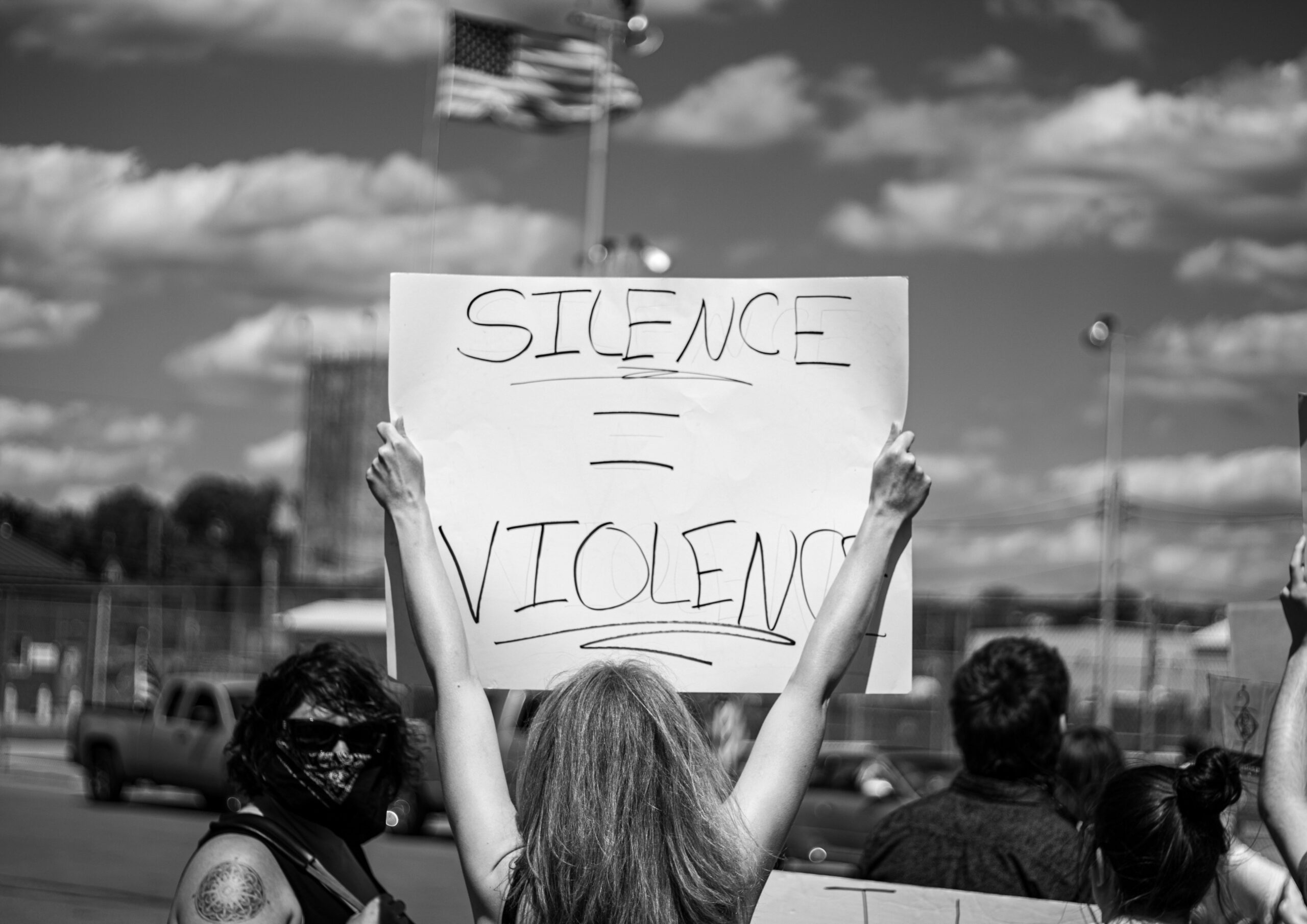Have you ever noticed how a single news story about a crime can stick in your mind longer than the actual event affects your neighborhood? It’s almost as if the media has a power of its own to amplify our fears, sometimes making us feel like danger lurks around every corner—even when crime rates are steady or falling. This curious phenomenon begs the question: does media coverage actually boost our fear of crime more than crime itself? In this post, we’ll dive into how and why the media might shape our perceptions of safety, and what that means for all of us trying to make sense of the world around us.
Table of Contents
- How News Coverage Shapes Our Perception of Danger
- The Psychology Behind Fear Amplified by Media Stories
- Real Crime Versus Media Narratives What the Data Reveals
- Practical Tips for Staying Informed Without Getting Overwhelmed
- Wrapping Up
How News Coverage Shapes Our Perception of Danger
It’s no secret that media outlets often highlight the most shocking and sensational stories to grab attention, but this tendency can inadvertently inflate our sense of risk. When violent crimes or rare incidents are repeatedly showcased on the evening news or social feeds, they start to feel far more common than they really are. This phenomenon, sometimes called the “availability heuristic,” means that the more we see something, the more likely we believe it is to happen around us. The result? A distorted picture where danger appears to lurk at every corner, even if statistics point to declining crime rates.
Several factors contribute to this media effect, including:
- Graphic visuals and dramatic storytelling, which cement emotional impressions over analytical understanding.
- Repeated coverage of extreme cases, like mass shootings or kidnappings, which are statistically rare but feel all too immediate.
- The scarcity of positive news, causing crime stories to dominate the narrative and leave little room for context or progress.
By shaping perceptions so vividly, news media can unintentionally stoke public fear—sometimes even more powerfully than the actual crime rates would warrant.
The Psychology Behind Fear Amplified by Media Stories
When sensational headlines dominate the news cycle, our brains react in ways that heighten fear beyond what actual crime statistics might justify. This phenomenon is largely tied to the availability heuristic, a mental shortcut where people estimate the likelihood of events based on how easily examples come to mind. Media stories often focus on the most shocking and rare incidents because they grab attention, embedding vivid, emotionally charged images in our memory. As a result, even if crime rates are stable or declining, the relentless replay of violent acts can skew public perception, making us feel that danger lurks around every corner.
Moreover, the media often employs storytelling techniques that amplify anxiety, such as:
- Dramatic language: Words like “epidemic,” “plague,” or “wave” suggest overwhelming and uncontrollable threats.
- Repetition: Repeated coverage of specific crimes reinforces a sense of ubiquity.
- Personalization: Emphasizing victim stories creates emotional resonance, making crime feel closer and more personal.
These elements tap into our primal fear responses, magnifying not only the perception of risk but also influencing public attitudes and behaviors towards safety, law enforcement, and community trust.
Real Crime Versus Media Narratives What the Data Reveals
When dissecting the gap between actual criminal activity and the way it’s portrayed in the media, data paints an eye-opening picture. Despite overall crime rates dropping in many regions over the past decade, media coverage often emphasizes violent crimes and sensational cases, creating a skewed lens through which the public views safety. Studies show that this disproportionate focus can amplify fear, making incidents feel more frequent and dangerous than they statistically are. This phenomenon is fueled by headlines and broadcasts favoring shock value, which tends to capture attention but distorts reality.
Key factors contributing to this discrepancy include:
- Selective reporting, spotlighting rare yet dramatic crimes.
- Repetitive coverage of high-profile cases that embeds a sense of ongoing threat.
- The 24-hour news cycle, which pressures outlets to constantly produce fresh, often alarming content.
- Social media algorithms that elevate sensational stories to boost engagement.
These elements collectively cultivate an environment where fear of crime is often heightened beyond what empirical data would justify, shaping public perception more than the actual crime landscape.
Practical Tips for Staying Informed Without Getting Overwhelmed
In a world oversaturated with alerts and breaking news, it’s easy to feel bombarded by a constant stream of information, especially when crime stories dominate headlines. To keep anxiety in check, try setting specific times during the day to catch up on news — this simple boundary helps prevent the endless scrolling trap. Another useful approach is to choose a handful of trusted, balanced news outlets instead of jumping between sensationalized headlines from multiple sources. This way, you maintain a broader perspective without getting lost in conflicting or exaggerated narratives.
Additionally, being selective about the types of stories you consume can protect your mental clarity. Prioritize analytical pieces that provide context over raw crime statistics or graphic details that may heighten fear unnecessarily. Consider incorporating these habits:
- Use news aggregator tools that filter out repetitive or sensational content.
- Engage with local community updates for a more grounded understanding of crime trends.
- Limit exposure to social media commentary, which often amplifies fear with anecdotal reports.
Wrapping Up
In the end, the relationship between media coverage and our fear of crime is a tangled web — one that makes us wonder how much of our anxiety is rooted in reality, and how much is shaped by the stories we’re told. While crime rates may fluctuate, the headlines and sensational reports often linger, amplifying the sense of danger beyond the facts. So next time you find yourself scrolling through the latest crime story, take a moment to ask: is the fear you’re feeling really about what’s happening out there, or the way it’s being presented to you? It’s a curious question worth pondering as we navigate the complex world of media and perception. After all, understanding this interplay might just be the first step toward fear that’s informed, not inflated.











